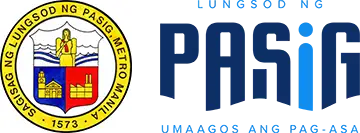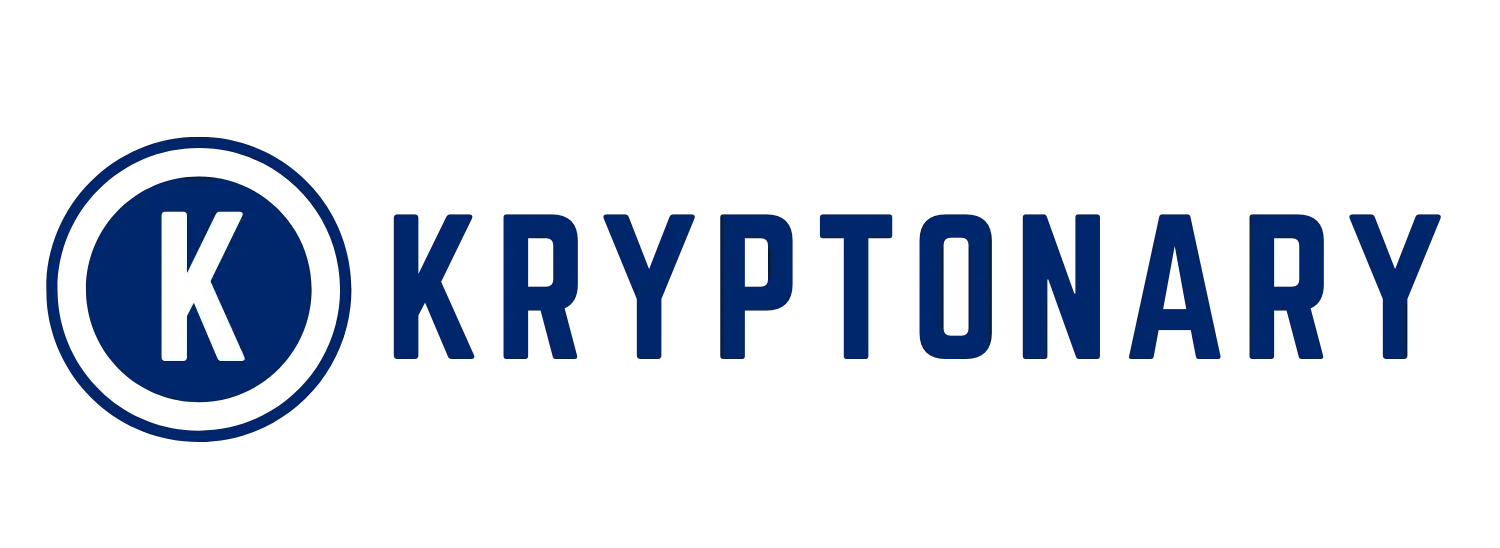Pasig City Unveils AI Robot for Waterway Cleanup
Pasig City has introduced an innovative robot vessel, Clearbot, powered by artificial intelligence and designed to remove floating waste from the city’s waterways. The event took place in Barangay Pinagbuhatan on October 10, marking a major milestone in sustainable city management.
In collaboration with Pasig City, the Metropolitan Manila Development Authority, and the Asian Development Bank, Clearbot was developed to automate the efficient collection of floating trash. The initiative aims to strengthen river rehabilitation efforts across Metro Manila and promote long-term environmental sustainability.

Mayor Vico Sotto Spearheads the Official Launch
Mayor Vico Sotto led the launch event, describing Clearbot as an innovative approach to solving persistent waste management challenges. He emphasized that the project represents a key advancement toward cleaner rivers and a more livable city.
Sotto reaffirmed the local government’s dedication to innovation and collaboration. He highlighted that combining environmental protection with technological advancement ensures sustainable development and improves the overall quality of life for residents.
Clearbot Unveils Cutting-Edge AI and Solar Innovations
Clearbot operates using solar power, making it both eco-friendly and cost-efficient. Its onboard AI system enables autonomous navigation, obstacle avoidance, and precise waste collection, even in narrow and congested esteros.
Equipped with cameras and sensors, the vessel can detect floating debris and automatically collect it for later retrieval. Its self-charging solar system reduces operational costs while minimizing carbon emissions, contributing to a greener and cleaner city.
Recommended Article: AI Empowers People With Disabilities Toward a Fairer Future
ADB Supports the Pasig River Revitalization Initiative
Andrew Jeffries, Country Director of the Asian Development Bank, stated that this initiative forms part of a broader effort to revitalize the Pasig River. The project aligns with ADB’s continuing mission to promote sustainable and resilient urban development in the Philippines.
Jeffries underscored that cleaning waterways and improving livability are essential steps in enhancing Manila’s environmental resilience. He praised the collaboration between global expertise and local leadership in addressing pollution and urban sustainability challenges.
MMDA Advocates for Innovative Solutions in Riverine Waste Management
Romando Artes, Chairman of the Metropolitan Manila Development Authority, recognized Clearbot as a breakthrough in modern waste management. He noted that the use of intelligent systems transforms cleanup operations into efficient, data-driven processes that boost productivity and reduce risk.
Artes pointed out that automation and AI integration will shape the future of river rehabilitation. By utilizing smart systems, local governments can manage waste more effectively while reducing dependence on manual labor and minimizing safety concerns for workers.
Clearbot Enhances the Bayanihan Sa Estero Initiative
The Clearbot program complements the long-running Bayanihan sa Estero initiative, which focuses on maintaining and restoring urban waterways. This new integration introduces digital tools that improve coordination among local agencies and stakeholders.
Through the program, Pasig City continues to monitor waste flow, raise community awareness, and implement sustainable cleanup practices. The introduction of Clearbot adds efficiency and precision, enhancing the city’s ongoing efforts toward cleaner waterways.
Sustainable Innovation Defines Pasig’s Environmental Vision
The adoption of artificial intelligence marks a major step in Pasig City’s environmental and technological evolution. By emphasizing renewable energy and smart solutions, the city sets a strong example for other local governments seeking sustainable urban transformation.
Mayor Sotto stressed that technology should support community-driven goals. The launch of Clearbot demonstrates Pasig City’s commitment to cleaner rivers, healthier ecosystems, and a lasting environmental legacy for future generations.















